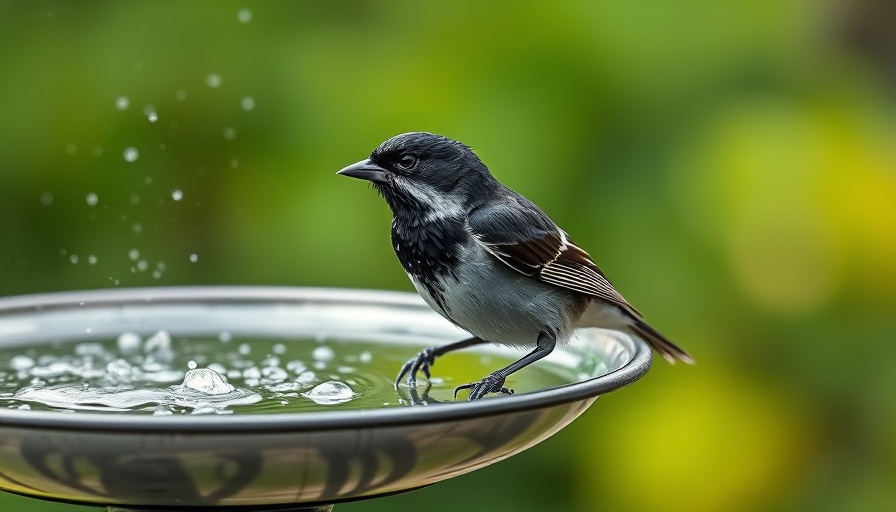
Understanding Bird Flu: A Looming Threat or Just a Blip?
The recent death of a Louisiana resident tied to avian influenza has raised eyebrows and sparked discussions across the nation about the potential for bird flu to escalate into a pandemic. Known as H5N1, this strain of bird flu primarily spreads among animals, but the transmission to humans is a pressing concern among health officials.
What We Know About the Current Situation
As of now, the Center for Disease Control and Prevention (CDC) has documented 70 human cases of bird flu in the U.S., with the Louisiana case marking the first fatality. This particular individual had exposure to infected birds from backyard flocks. Notably, genetic mutations identified in the virus could enhance its capability to infect human cells, heightening fears of a possible mutation leading to human-to-human transmission.
Precautionary Measures for Public Safety
Despite these alarming developments, the CDC reassures the public that the current risk remains low. Individuals working closely with birds or poultry are encouraged to utilize personal protective equipment and avoid contact with sick or deceased animals. This is crucial as the CDC intensifies monitoring efforts across states to track exposure cases.
The Bigger Picture: Could This Evolve into a Pandemic?
Experts from the Global Virus Network warn that increasing circulation of avian influenza among mammals raises the stakes for potential mutations. While the public health risk is currently low, the possibility of a future pandemic cannot be entirely ruled out, particularly if the virus adapts for easier human transmission.
Why This Matters Right Now
Given the interconnectedness of our world, the emergence of avian influenza highlights the critical importance of public health surveillance and the need for readiness against infectious diseases. As we remain vigilant, it is essential to stay informed and take necessary precautions.
The situation continues to evolve, and both experts and the public must remain alert as developments unfold. Keeping everyday habits in check, such as proper hygiene and awareness of flu-like symptoms, can go a long way in safeguarding our communities.
 Add Row
Add Row  Add
Add 




Write A Comment